NASA’s Commercial Crew Program wants you to 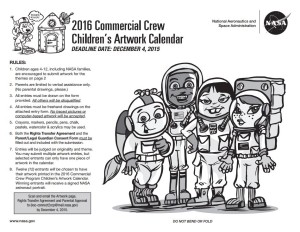 help draw our future in space exploration! We are looking for your artistic vision for this year’s 12 categories, ranging from rockets to experiments in space, and Florida Space Coast launches to NASA’s journey to Mars. Can you help?
help draw our future in space exploration! We are looking for your artistic vision for this year’s 12 categories, ranging from rockets to experiments in space, and Florida Space Coast launches to NASA’s journey to Mars. Can you help?
We are producing our 2016 calendar in a few weeks and we need your drawings to fill its pages. Children ages 4-12, regardless of NASA affiliation, can submit their artwork. Selections may be featured on the Commercial Crew website!
The deadline for submissions is Dec. 4 at noon EST. We’re looking for the best artwork related to the following themes:
- Astronauts: NASA’s astronauts have many skills and experiences that make them perfect for the variety of jobs they do both in space and on the ground. During their careers, astronauts could pilot a spacecraft, run experiments on the International Space Station, train new astronauts and even help guide other astronauts through challenging work in space from Earth. What job would you want to do if you were an astronaut?
- Rockets: The commercial crew rockets that will carry astronauts to the International Space Station will be smaller than NASA’s Space Launch System rocket, as well as the agency’s previous Saturn V and space shuttle systems. Their missions are different, so their designs are different. Think of it like riding your bike to see your next door neighbor. You would ride a bike to see your neighbor, but you would take a bus to travel across the country. Let’s see your best rocket drawing!
- Spacecraft: Spacecraft carrying astronauts are stacked on top of rockets before launching them into space. Orion is the first spacecraft since Apollo that NASA has built with an eye on distant worlds. NASA’s Space Launch System rocket and Orion spacecraft, now in development, will enable humans to reach asteroids beyond lunar orbit, Mars and other potential destinations. At the same time, the space agency is working with commercial companies to launch astronauts to the space station and return them home safely. The commercial crew spacecraft astronauts will fly to the International Space Station—the SpaceX Crew Dragon and Boeing CST-100 Starliner—will be lightweight, but tough enough to withstand meteorites. What would your spacecraft look like?
- Spacecraft Interior: Every spacecraft’s interior has been unique and advanced for its time. In the past, NASA’s spaceships, which also are called spacecraft, had thousands of knobs and dials. Today’s spacecraft could feature tablet-like technology, parts like engines and seats that are printed on a machine called a 3-D printer, Wi-Fi and much more. What would you want inside your spacecraft?
- Spacesuits: An astronaut’s spacesuit is like his or her own personal spacecraft. Spacesuits keep astronauts safe by providing breathable air and keeping them warm and cool. Spacesuits also are pressurized like the inside of a flying airplane so that the astronauts are safe in space. Spacesuits allow the astronauts to be in constant communication with doctors and medical professionals who track their health here on the ground. Design your own spacesuit . . . think about ease of motion and what tools you’d need a suit to have outside the spacecraft.
- Florida Space Coast Launches: The rumble . . . the glow . . . the excitement! Every time NASA has launched people off the surface of Earth and into space, it has been from Florida’s Space Coast. In the next couple years, we will see commercial crew spacecraft rockets glow orange and make huge plumes of smoke as astronauts launch to the International Space Station from Florida. In the 2030s, we also will see astronauts launching from Florida’s Kennedy Space Center as they begin their journey to Mars. Draw who you plan to watch launches with… family, friends, perhaps Florida’s abundant wildlife.
- International Space Station: Look up! The International Space Station is orbiting about 250 miles above the surface of Earth, 24 hours a day, seven days a week, 365 days a year at 17,500 miles every hour. Aboard, astronauts conduct very important experiments that help us here on Earth. They also are learning how to live for long periods of time in space, which will help future astronauts on their journey to Mars. Commercial crew spacecraft will carry up to four crew members to the station so that even more experiments can be done! Show us your best drawing of the space station. Remember it’s the size of a football field!
- Experiments: Every day, astronauts perform experiments aboard the International Space Station, which is commercial crew’s destination in space. Those experiments make our lives better here on Earth, help us understand more about our own planet and space, and prepare us for missions to Mars. What kind of experiments would you do in space?
- Space Safety: Commercial crew spacecraft that will fly astronauts to the International Space Station are designed to keep astronauts safe throughout their entire mission. The spacecraft are designed to separate from a rocket, as well as safely and quickly carry the station’s crew back to Earth in an emergency. How would you keep a crew safe in space?
- Landing: Spacecraft landings are quite impressive. After flying through space and re-entering the atmosphere at 17,500 miles per hour, spacecraft have to land smoothly to protect the astronauts and science experiments they carry. Commercial crew engineers are looking at different ways to land with parachutes and airbags, fly to a runway like an airplane, or land using only rocket engines. Show us what you think a spacecraft landing looks like.
- NASA’s Journey to Mars: NASA’s Space Launch System rocket will be the most powerful rocket ever built, designed to take astronauts to deep space, eventually even to Mars. At the same time, the experiments that astronauts are doing on the International Space Station help NASA understand what future astronauts will need to live on Mars. What do you think it will be like to live on Mars?
- You Could Fly To Space: Right now, only astronauts can fly to space, but soon NASA astronauts won’t be the only people flying into space in new commercial crew spacecraft. American companies will own their own spacecraft and rockets to carry other people into space. People will be able to buy tickets to take a short trip into space and come right back
to Earth. . . will you be one of them? Draw what you would do if you could fly to space.
And here’s all you need to get started: CCP Artwork and Consent Form

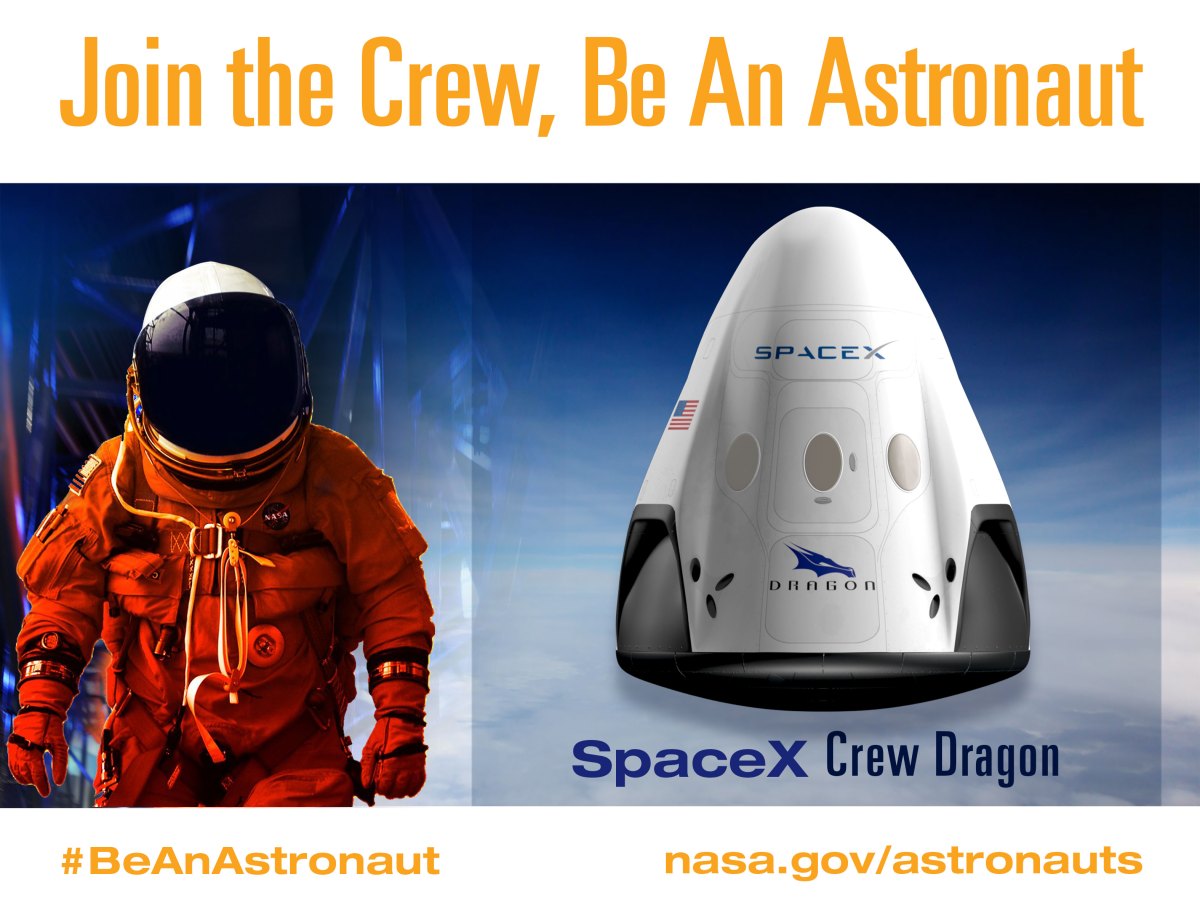
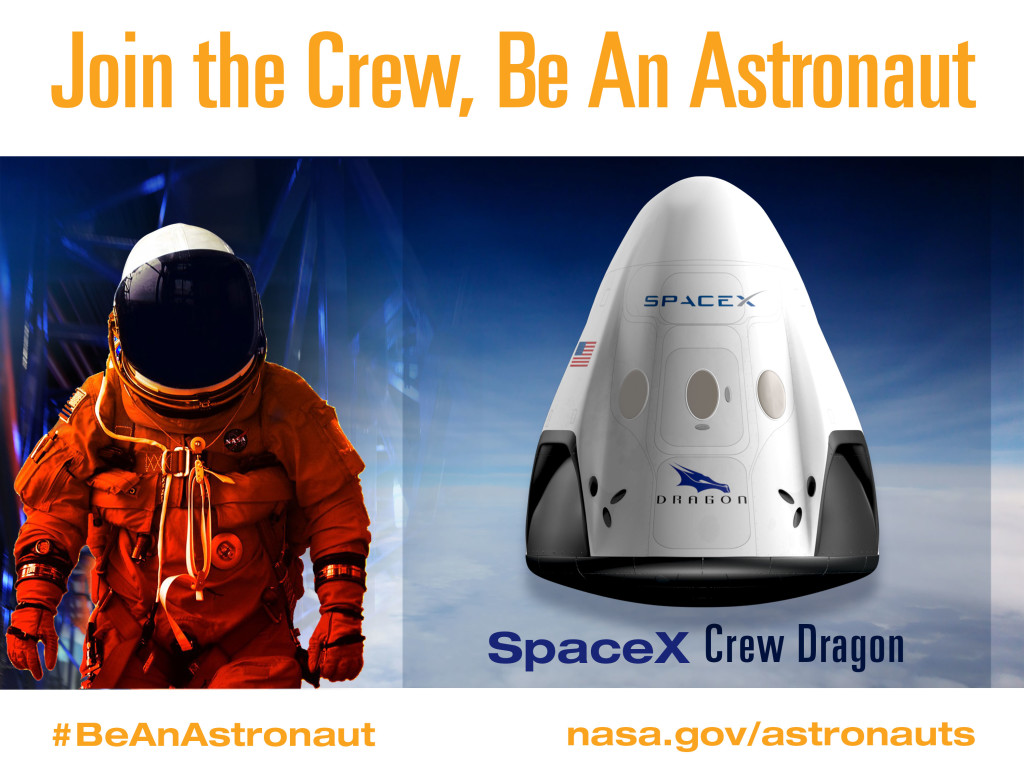
 The Apollo spacecraft launched on the first all-up test flight of the
The Apollo spacecraft launched on the first all-up test flight of the 
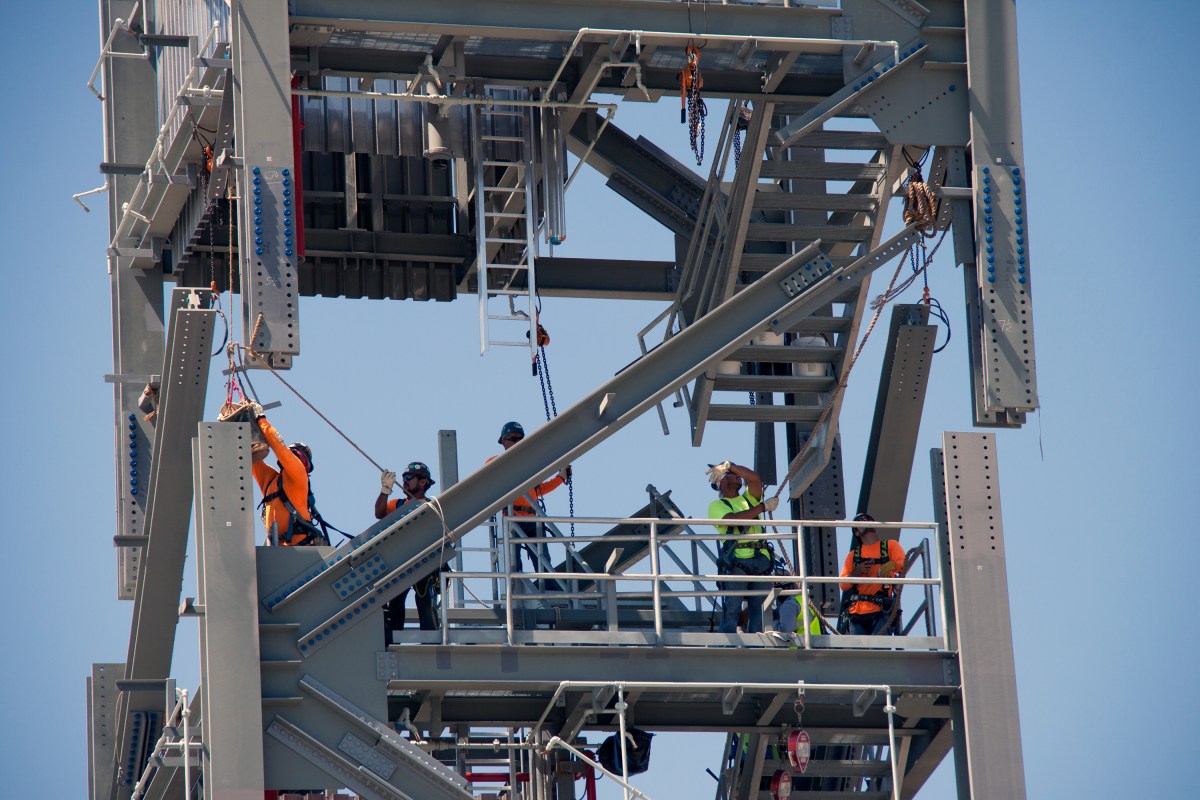


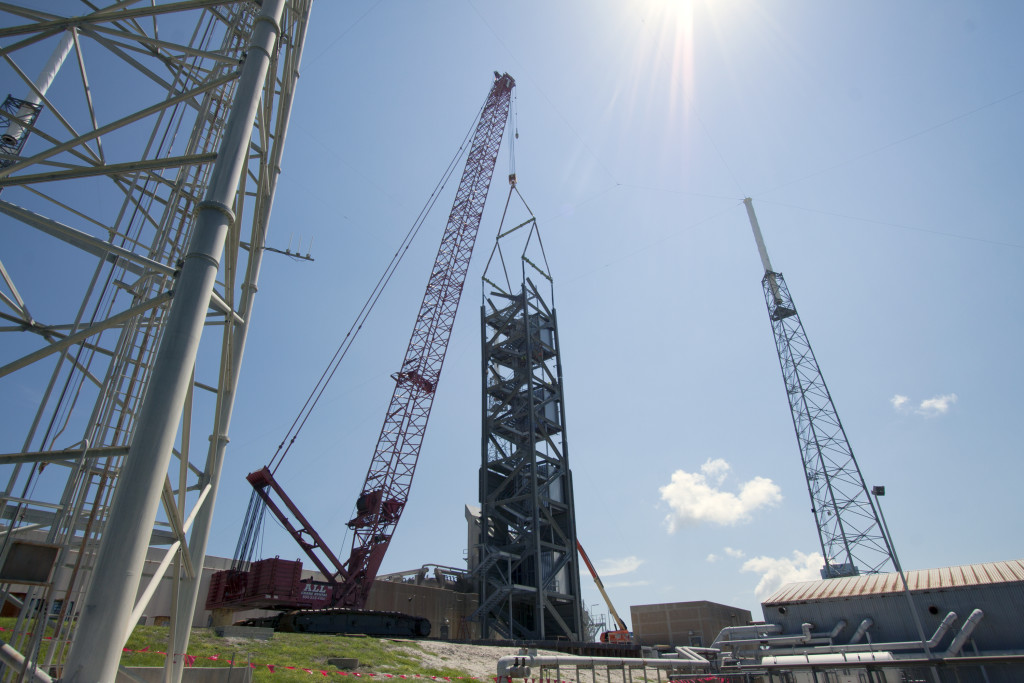




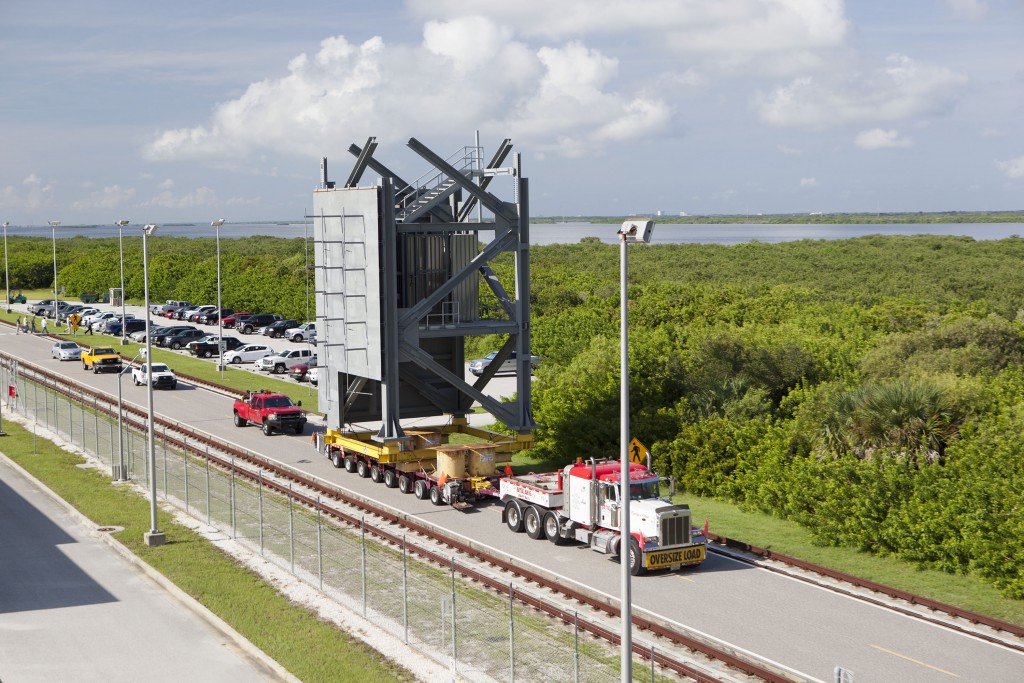 The first new Crew Access Tower at Cape
The first new Crew Access Tower at Cape 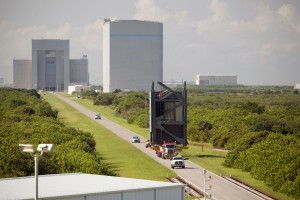
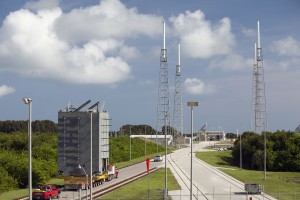 Canaveral Air Force Station in Florida since the Apollo
Canaveral Air Force Station in Florida since the Apollo 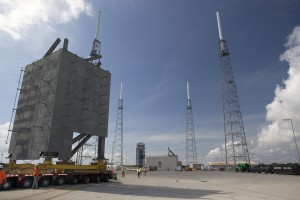 era will take shape at Space Launch Complex-41 in the coming days as workers moved the first two tiers from a nearby construction yard to the pad surface. The tiers will be lifted into place atop each other at the foot of the launch pad starting next week.
era will take shape at Space Launch Complex-41 in the coming days as workers moved the first two tiers from a nearby construction yard to the pad surface. The tiers will be lifted into place atop each other at the foot of the launch pad starting next week.